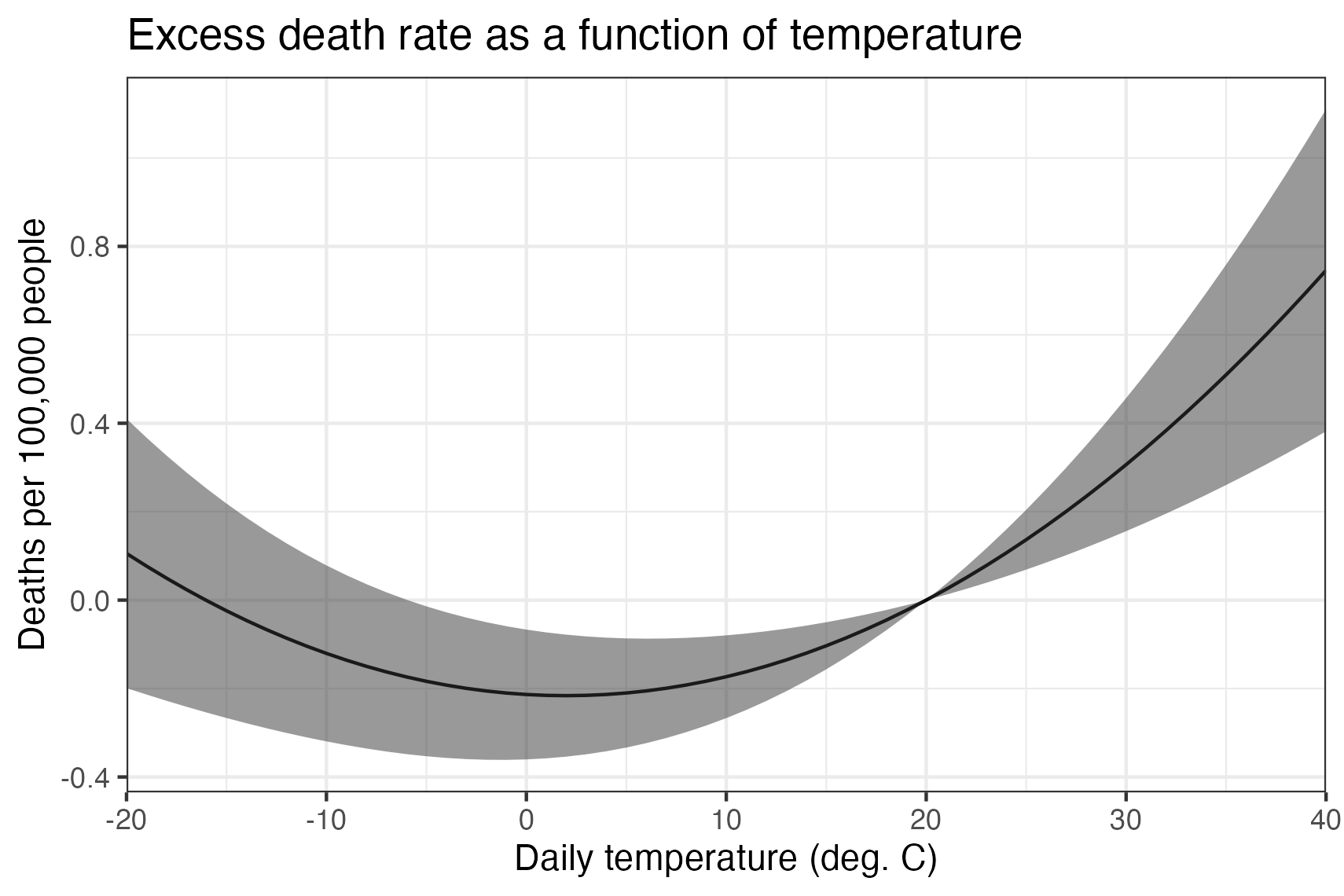In the evolving landscape of climate econometrics, researchers often face a maze of methodological choices and data challenges. Understanding how social, economic, and biophysical systems respond to weather requires meticulous analysis and careful integration of diverse datasets. It is within this context that our latest publication, “A practical guide to climate econometrics: Navigating key decision points in weather and climate data analysis,” offers a crucial resource.
Now published in the Journal of Open Source Education, this guide aims to demystify the nuances of climate econometric practices. The tutorial is packed with practical insights and reusable code snippets in multiple programming languages, making it accessible for both early-career researchers and seasoned professionals.

Link to tutorial: climateestimate.net
The tutorial walks you through essential steps in climate econometric analysis, including:
- Data collection and preprocessing: Navigate through weather and climate data attributes, NetCDF formats, supported programming languages, and common data limitations.
- Model specification: Develop robust reduced-form models considering weather variables, spatial-temporal processes, and weighting schemes.
- GIS integration: Effectively use geographic information systems and shapefiles.
- Research organization: Implement best practices for version control, data management, and reproducibility.
Since its inception, our tutorial has been utilized by Ph.D. and Master’s students and featured in several international workshops. Moving forward, we hope to expand the tutorial with additional modules focusing on advanced analysis techniques, policy relevance, and dynamic data visualization.

0 responses so far ↓
There are no comments yet...Kick things off by filling out the form below.